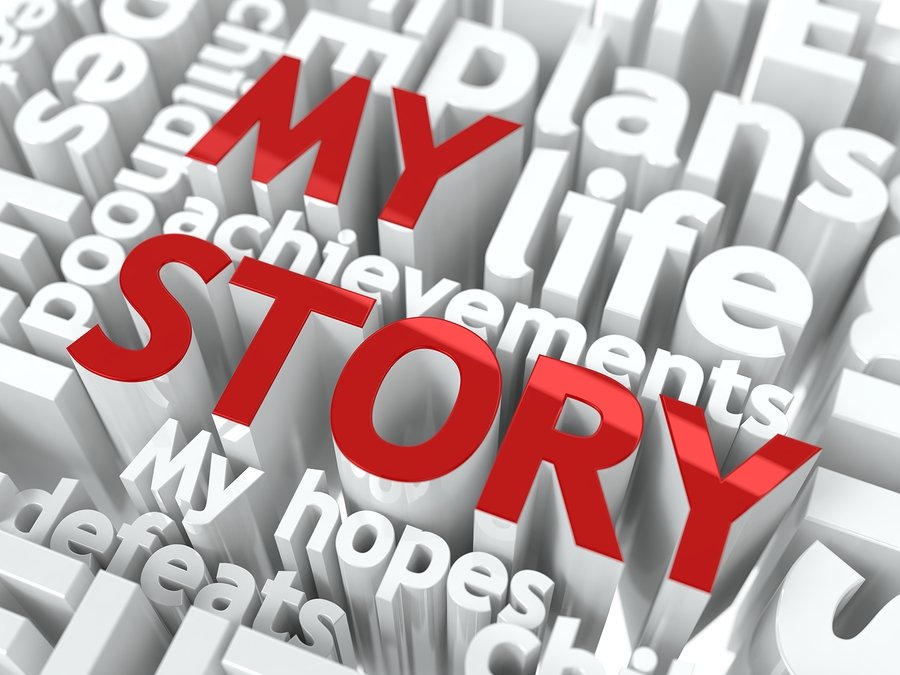Are You Suffering from Toxic Stress?
/By Ann Marie Gaudon, PNN Columnist
There is no such thing as life without stress. It’s both a physiological and psychological response to a real threat or a perceived one. Stress tends to resolve itself naturally and in a timely way as the situation resolves, but “toxic stress” is different.
Frequent chronic stress, in the absence of adequate support, has harmful and potentially lasting effects on a person’s physical and mental health. It can affect anyone at any age, and no one is immune.
You are at risk for toxic stress when the stress is persistent and severe. You may have multiple stress factors and the body will react to them. One reaction will be that the body’s fight-or-flight, faint-or-freeze response is activated too often or for too long. This results in the release of stress hormones, one of which is cortisol. Long-term heightened levels of cortisol can become dysfunctional, inducing widespread inflammation and pain.
There is a very real biological link between stress, anxiety and pain. Toxic stress makes you more at risk for many types of chronic illness and pain, a dampened immune system, infections, mental health issues, poor emotional regulation skills, and even substance abuse. You can become sick and stay sick.
Toxic stress will also make you more vulnerable to chronic anxiety, which can include panic attacks. You may become hypersensitive to threat and to pain severity. Your behaviour will also likely change, which can mean trouble for relationships. In short, toxic stress will invade every thread of the fabric of your life.
Types of Stress
Center on the developing child, harvard university
Stress Buffers
Toxic stress can’t always be avoided – the loss of a beloved one, a nasty divorce, conflict in the home, chronic depression, feelings of betrayal and other life changes are sometimes inevitable.
However, a relationship with an adult who is loving, responsive and stable can help to buffer against the effects of stress and stop it from turning toxic. Other buffers include high levels of social support, consistent nurturing, and confidence in your problem-solving skills are just a few in an umbrella of many.
There are strategies you can do on your own to help buffer yourself against the consequences of toxic stress. Crucially, it is important to focus on what you can control, not what you have no control over. Toxic stress may include factors that are actually beyond your control, leaving you more distressed and overwhelmed, so it’s very important to become aware of the differences.
Write a list of what you can and cannot control. Take the reins on what you are able to, even if it’s as routine as what you’ll eat for dinner each day. Spend your time and energy on things that can improve your situation and can get a handle on. Remember, when we rail against that which we cannot control, that is when our suffering soars.
Healthy Living
Focus on a healthy lifestyle. Toxic stress can easily slide into unhealthy habits such as smoking, too much alcohol, overeating, overworking and the like. You may get temporary relief from them, but in the long-term these poor coping mechanisms will serve to worsen your stress. Eat well, exercise, get outside into nature, and try as best you can to get good sleep while practicing sleep hygiene.
Some people have a tendency to isolate themselves when stressed, yet one of the most protective buffers against toxic stress is support from people who care about you. Never underestimate the power of touch, including deliberate and welcome hugs. Reach out, engage with others, and make plans with others who are close to you. You want to be with adults who are soothing, safe and secure for you.
Find a relaxation technique that helps you lower your stress level. I’m a little different than some, because vigorous exercise is my happy place. Heart-pumping, blood-flowing, rushes of endorphins take my physical pain down and make me feel relaxed.
Alternatively, you might benefit from stillness with mindfulness practice, journalling, yoga or Tai Chi, body scans or progressive muscle relaxation techniques. Find your happy place and go there as often as you are able.
A very wise colleague of mine told me that we need three things to be happy: someone to love, a purpose, and something to look forward to. Go ahead and set goals, and plan for the future.
Toxic stress can have the sufferer believing that things will never improve, which leads to hopelessness and despair. Making plans for the future will give you some direction and purpose, as well as something to look forward to. When a good experience happens, optimism can drop by for a visit to remind you that life won’t always be so challenging.
As always, if you’re really struggling, reach out to a trained professional. We all need help at times in our lives, and one of those times might be when you’re dealing with toxic stress. Your professional therapist will support you and help you with tools and strategies so that you can in turn support yourself.
Ann Marie Gaudon is a registered social worker and psychotherapist in the Waterloo region of Ontario, Canada with a specialty in chronic pain management. She has been a chronic pain patient for over 30 years and works part-time as her health allows. For more information about Ann Marie's counseling services, visit her website.












